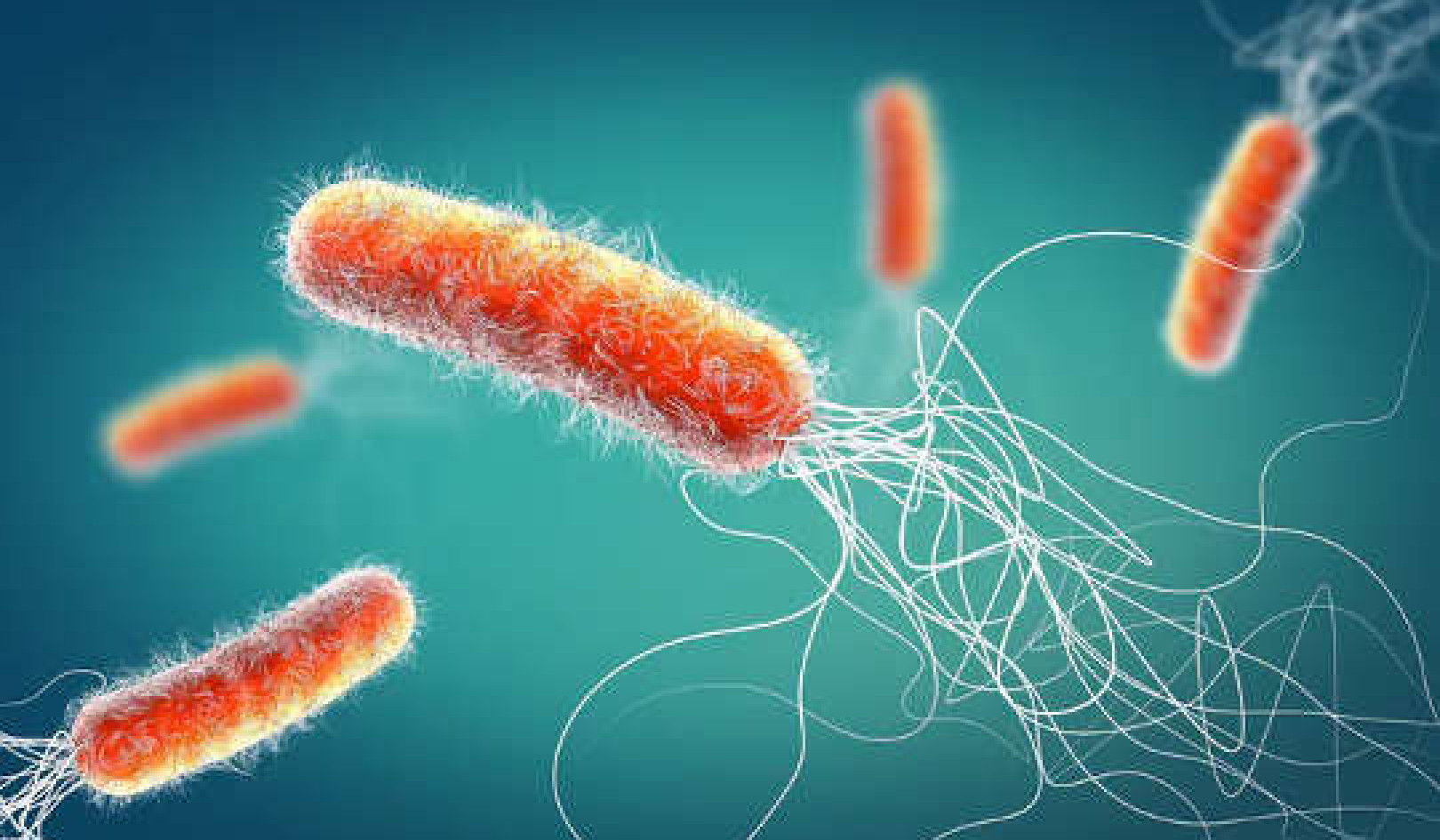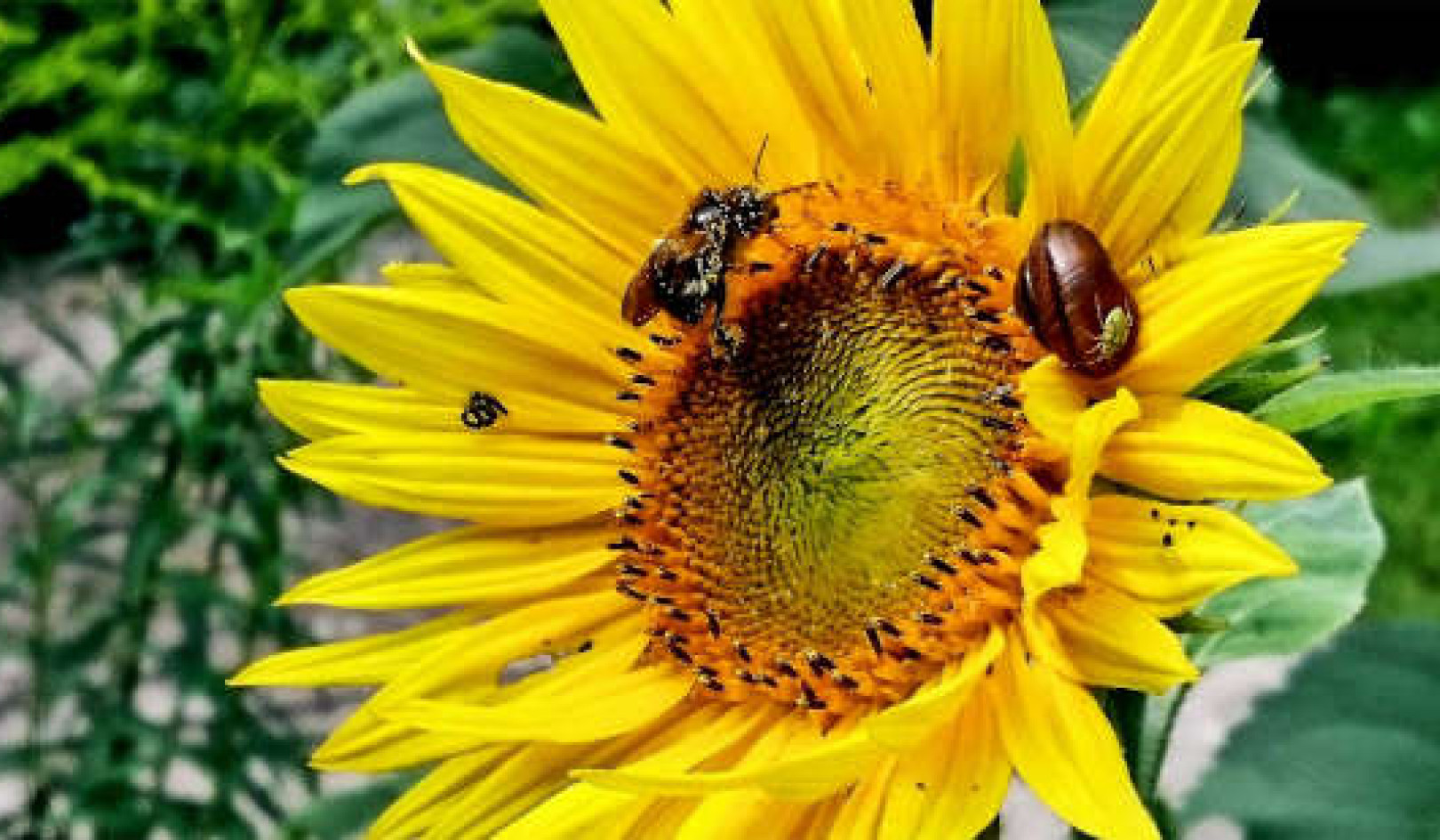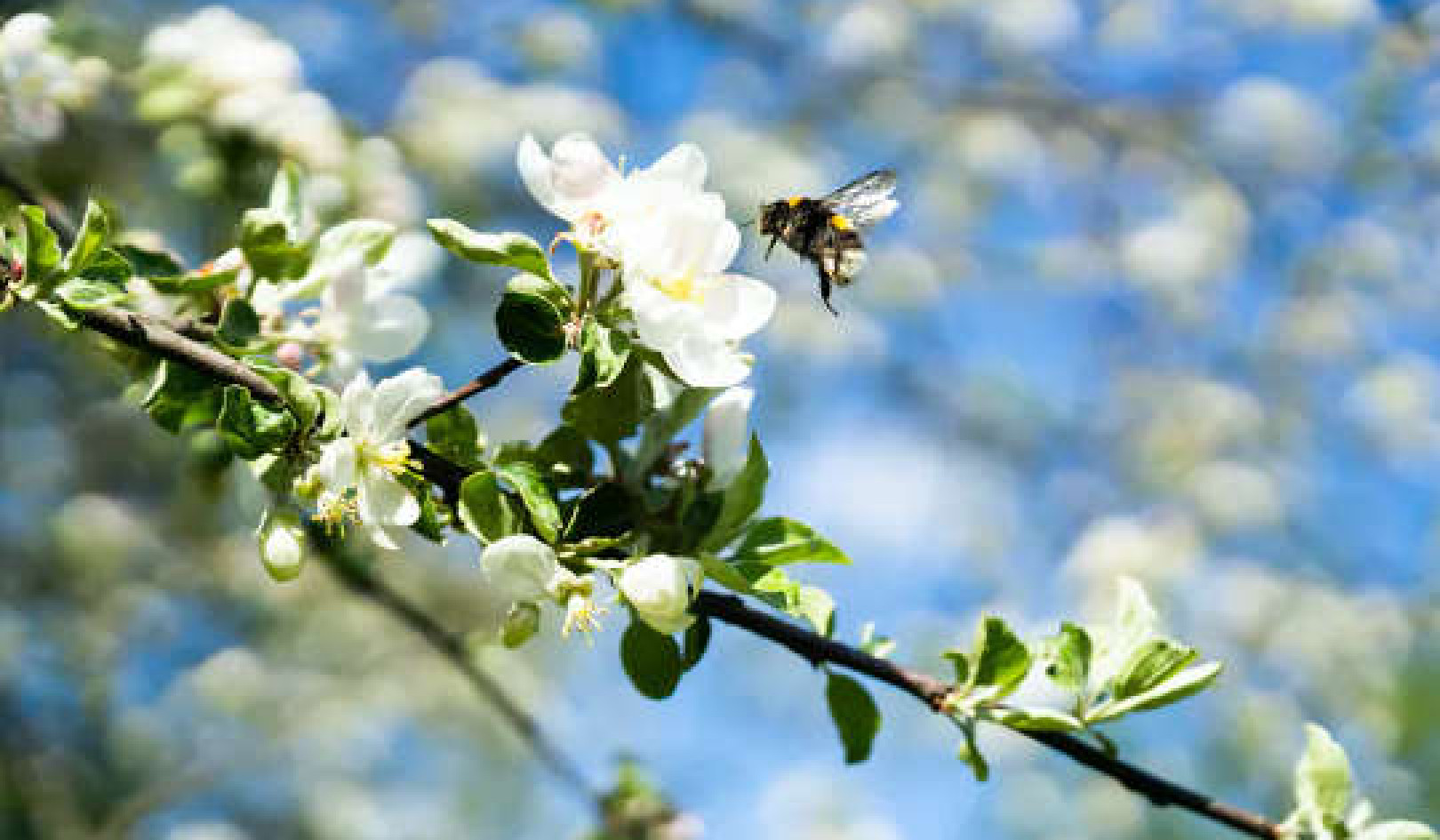
"We found that outdoor PM2.5 may be responsible for as many as 1.5 million additional deaths around the globe each year because of effects at very-low concentrations that were not previously appreciated," says Scott Weichenthal. (Credit: Christiana Kamprogianni/Unsplash)
The annual global death toll from long-term exposure to fine particulate outdoor air pollution may be significantly higher than previously thought, according to a new study.
That’s because mortality risk was increased even at very low levels of fine particulate outdoor air pollution, ones which had not previously been recognized as being potentially deadly. These microscopic toxins cause a range of cardiovascular and respiratory diseases and cancers.
The World Health Organization’s most recent estimates (2016) are that over 4.2 million people die prematurely each year due to long-term exposure to fine particulate outdoor air pollution (often referred to as PM2.5).
“We found that outdoor PM2.5 may be responsible for as many as 1.5 million additional deaths around the globe each year because of effects at very-low concentrations that were not previously appreciated,” says Scott Weichenthal, an associate professor in the department of epidemiology, biostatistics, and occupational health at McGill University and the lead author of the paper in Science Advances.
Get The Latest By Email
To arrive at this conclusion, the researchers combined health and mortality data for seven million Canadians gathered over a 25-year period with information about the levels of outdoor PM2.5 concentrations across the country.
Canada is a country with low levels of outdoor PM2.5, making it the perfect place to study health impacts at low concentrations. Knowledge gained in Canada was then used to update the lower end of the scale that is used to describe how mortality risk changes with outdoor PM2.5 levels. The result? An improved understanding of how air pollution impacts health on a global scale.
The WHO recently set out ambitious new guidelines for annual average outdoor fine particulate air pollution, cutting its earlier recommendations in half, from concentrations of 10 to concentrations of 5 micrograms (ug) per cubic meter.
The current United States Environmental Protection Agency standard of 12 (ug) per cubic meter is now more than double the value recommended by the WHO.
“One take away is that the global health benefits of meeting the new WHO guideline are likely much larger than previously assumed,” adds Weichenthal. “The next steps are to stop focusing only on particle mass and start looking more closely at particle composition because some particles are likely more harmful than others.
“If we can gain a better understanding of this, it may allow us to be much more efficient in designing regulatory interventions to improve population health.”
Source: McGill University
books_environment







